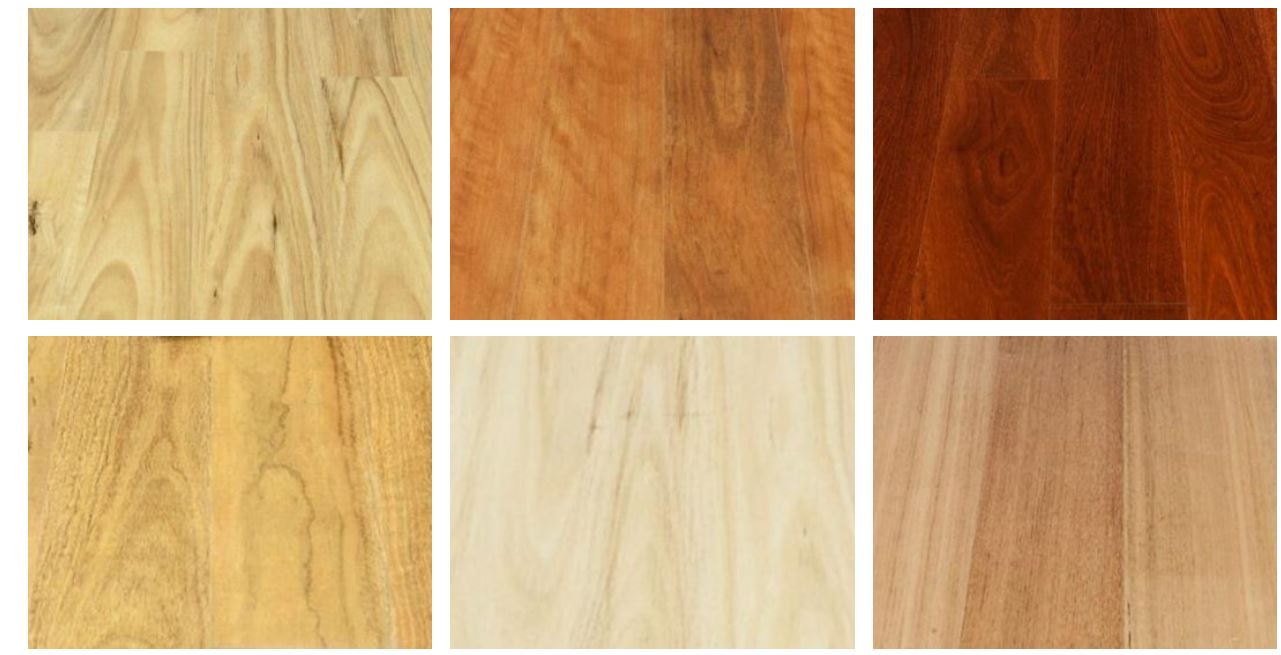If your old floorboards are a little worn out and it’s time for a facelift, or if you are building a new floor, new or recycled hard floors are very practical and look good. Timber floors have many of the benefits that come with all hard floor options, they’re low maintenance, easy to clean, and won’t hide allergens. If you look after them correctly, timber flooring can also last you a really long time, and you can usually find something that suits both your preferred style and budget.
The disadvantage is that if you get very heavy scratches, you have to grind them down and completely repaint the place where they are, and that can be expensive. Timber floors also need to be polished or repainted every 4 years in high traffic areas to keep them looking good and to avoid other problems such as warping.
Structural Timber
There are at least 20 varieties to choose from, and popular species include oak, pine, birch, spruce, pine, stain rubber, walnut, redwood, oak and pine. The plate can be ordered up to 30 mm thick, but 19 mm is a relatively normal thickness. The cost varies according to the type of wood, but the cheapest wood (about $40 per m2) has more knots and natural variation. The more expensive options have fewer defects.
The load-bearing floor should actually be laid by a specialist, and it can be a time-consuming process to lay it. Wooden panels have to get used to their surroundings so they have to be left to rest for two weeks before they are laid.
Although wood is generally considered a good choice for ecological building materials, the deforestation of native forests remains controversial. If you are concerned, choose products that are certified as sustainably managed or use recycled wood.
Floating Timber
Unlike structural wooden floors, floating floors are not connected to a floor system and are instead laid over an existing solid floor. Because they are not nailed down like conventional floorboards, the movement of the floorboards is spread over a larger area, making gaps less frequent. However, this timber option is less popular due to the rattling sound the boards make when gaps do appear.
Floating floors can be expensive depending on the thickness of the wood species, prices start at $40 per square metre to $100 per square metre – these prices do not necessarily include underlay, which is usually $5-10 per square metre.
Choosing a floating floor means you could possibly install it yourself and save a lot of money, but some products still recommend that you hire a professional. The typical cost of a professional installation is around $30-40 per square metre.
Bamboo
Bamboo is a renewable raw material that grows faster than wood, it is also a very durable surface. Bamboo is very hard and quite scratch resistant – but it tends to darken if it is not protected from direct sunlight. Due to its low cost and long service life, it has become an increasingly popular choice of flooring.
Bamboo costs about $90 per square metre for both floating and structural floorboards. Installation usually costs between $50 and $60 per squ

